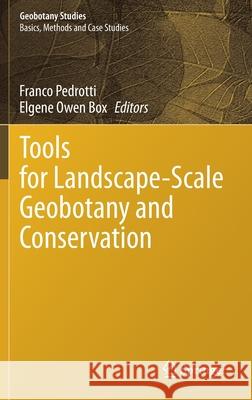Tools for Landscape-Scale Geobotany and Conservation » książka
topmenu
Tools for Landscape-Scale Geobotany and Conservation
ISBN-13: 9783030749491 / Angielski / Twarda / 2021 / 451 str.
Kategorie:
Kategorie BISAC:
Wydawca:
Springer
Seria wydawnicza:
Język:
Angielski
ISBN-13:
9783030749491
Rok wydania:
2021
Wydanie:
2021
Numer serii:
000450979
Ilość stron:
451
Waga:
0.81 kg
Wymiary:
23.39 x 15.6 x 2.54
Oprawa:
Twarda
Wolumenów:
01
Dodatkowe informacje:
Wydanie ilustrowane











